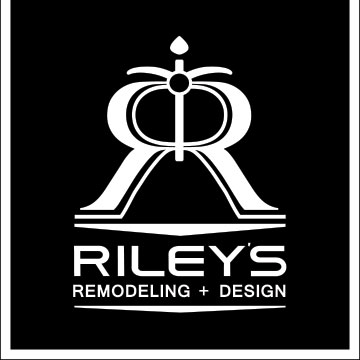What to Expect
Remodeling is a big event, whether it’s a single room or your entire house.
In general, no matter the size, most projects require similar steps. This outline will help you prepare. Knowing what to expect during each phase minimizes inconvenience and surprises and ensures you are part of the transformation process of your home.
STEP 1: Design
- Map out plans for your home.
- What would you like to change, remodel, restore or refresh.
- Decide if you want to use an outside architect or a design-builder/contractor (like RR+D) to translate your vision.
- Decide upon a design that you love that is within your budget.
- If you designed the space yourself or are using an outside architect, select a contractor with whom you trust and have a solid working rapport. Check contractor references and credentials before signing a contract.
- Finalize a budget and stick to it!
STEP 2: Implement
- Meet with your contractor to review the design plan for feasibility and/or suggestions that may improve flow or conserve costs.
- Select materials and products for the project, especially those that require lead time to order, such as cabinets and quartz.
- Give the contractor time to draw up a detailed construction schedule, and if required, submit plans for building permits.
- Meet with your contractor and establish a good communication plan.
STEP 3: Confer
- Arrange a pre-construction meeting at your home for you and the contractor (and any other professions involved, such as an interior designer or architect.) In short, anyone who needs to be in the loop.
- Tour your house with key players and review exactly what needs to be done. Take notes!
- Set up weekly status meeting schedule between you and the contractor.
STEP 4: Set Up
- Remove personal belongings from the construction/work area.
- If applicable, Riley’s Remodeling + Design will set up a temporary mini kitchen in another area of your home. We strive to make life easier for our clients during the construction process.
- A portable toilet for workers will be delivered on-site.
- An area for construction supplies is established and maintained daily.
- Organization and clean-up of the construction area happens before we leave your project site each day.
STEP 5: Demo
- Plastic sheeting seals off the demolition area from the rest of the house from dust and debris, including floor protection for carpet or hardwood.
- Installation of our BuildClean dust management system to ensure a healthier environment for family + pets. BuildClean is a lightweight, small machine that quietly traps, contains and/or eliminates up to 90% of the airborne dust.
- Demolition and removal of existing walls and structure to be changed commences.
- Once demo complete, all large debris removed from job site. Any dust and small debris is removed.
STEP 6: Rebuild
- The construction crew prepares the foundation, frames the walls, floors and roof, and installs windows and skylights.
- Plumbing is roughed-in, electrical wiring, and conduits for HVAC systems are installed.
- Insulation and all sheetrock installed. Walls and ceilings taped and textured.
- Underlayment of flooring materials installed.
- Installation of roofing and exterior siding, if necessary.
- Cabinet installation, counters, quartz, window trims and lighting fixtures
- Appliances installed
- Flooring installed, plumbing and electrical systems finalized.
- The home is painted, inside and out.
- Various inspections take place along the way during the process that will be scheduled and managed by your contractor. These vary based on project but may include foundation, framing, plumbing, electrical, insulation, HVAC, sheetrock, smoke alarms, and a final inspection.
- All of our subcontractors are licensed, bonded, California compliant professionals.
STEP 7: Follow Through
- Tour remodeled space with contractor, itemizing any details that need to be finished (punch list).
- Complete final inspection with contractor, checking off items from preliminary walk through.
- Review with contractor instructions for equipment, appliances, and discuss warranties.
- Let the new space settle in for a few months. Make sure all systems work properly.
- Contact your contractor with a list of any minor repairs that need to take place.

